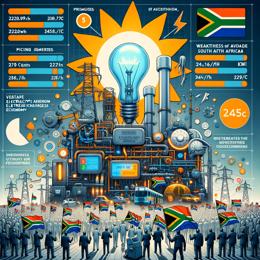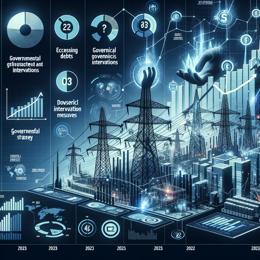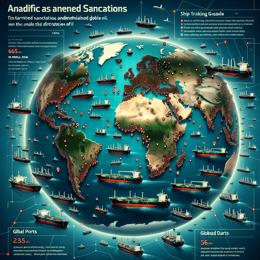Image created by AI
Eskom's Risky Tariff Restructure: Lessons from Telkom's Past Mistakes
Eskom, South Africa’s primary electricity provider, is on the brink of implementing a significant tariff overhaul that mirrors the ill-fated approach once adopted by Telkom. This restructuring could fundamentally alter how consumers are charged for electricity, raising alarms about potential resident exodus to off-grid solutions and diminished utility revenue.
The essence of Eskom’s revamped tariff proposal is a steep increment in the costs associated with connecting to the power grid, coupled with reduced charges for electricity consumption per kilowatt-hour. This change is poised particularly to affect smaller, less affluent households and enthusiasts of rooftop solar installations. The proposed adjustments are part of Eskom's submission to the National Energy Regulator of South Africa, aiming to transition into more cost-reflective pricing structures.
Historically, Eskom sees the revamp as necessary to address its grid access deficit. The utility is proposing an increase in grid capacity fees from R225 to R637 for residential users, suggesting a considerable under-recovery of costs in its current model, much like the access line deficit Telkom highlighted almost fifteen years ago regarding its telephonic services. However, the potential fallout from this move could mirror the telecommunications company’s past troubles.
Telkom’s experience offers a cautionary tale. When facing similar fiscal strains, Telkom resisted restructuring tariffs substantially, fearing customer migration to competitors like Vodacom and MTN. While it managed to stave off regulatory measures that would have opened the market to significant competition, it could not ultimately hold back the tide of technology and market preference switches towards cellular and later, fiber optic solutions. This resulted in a gradual erosion of Telkom’s market dominance.
For Eskom, the stakes are arguably higher, given the essential nature of electricity and the growing propensity for residential solar installations amid persistent load-shedding episodes. The utility’s financial sustainability is at risk if significant numbers of consumers, particularly the higher revenue-generating middle-class, choose to go off-grid in response to rising connection fees and other tariff adjustments.
Critically, energy analysts and consumer advocacy groups like the Organisation for Undoing Tax Abuse (Outa) have criticized Eskom for focusing too heavily on tariff adjustments and revenue enhancement rather than on internal efficiency and cost management improvements. The sustainable operation model, they argue, would focus as much on reducing operational inefficiencies as on restructuring tariffs.
The upcoming decision by the National Energy Regulator on whether to approve Eskom’s tariff proposal will be pivotal. It will not only impact Eskom’s operations and financial health but also set a precedent for how utility deficits are managed in a shifting technological and economic landscape in South Africa.










